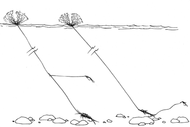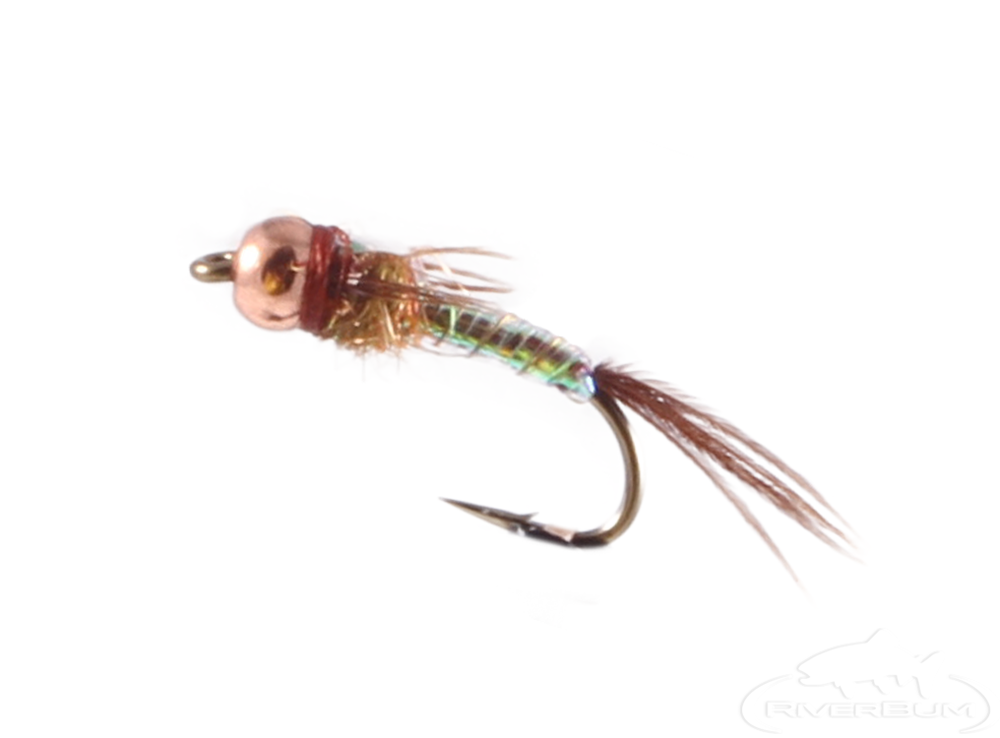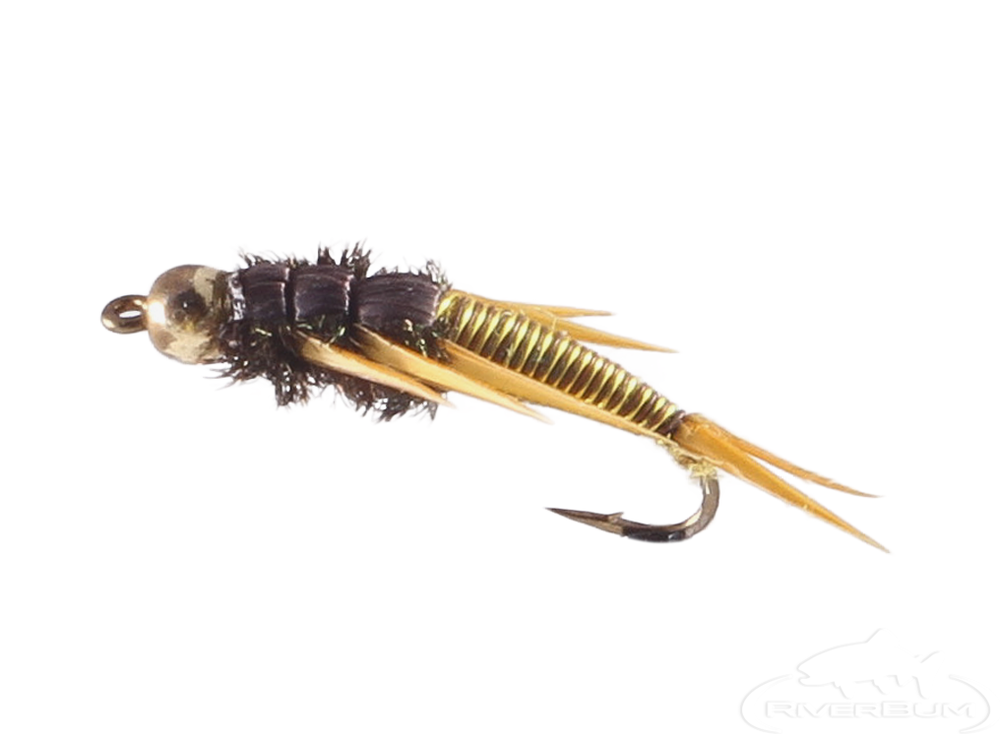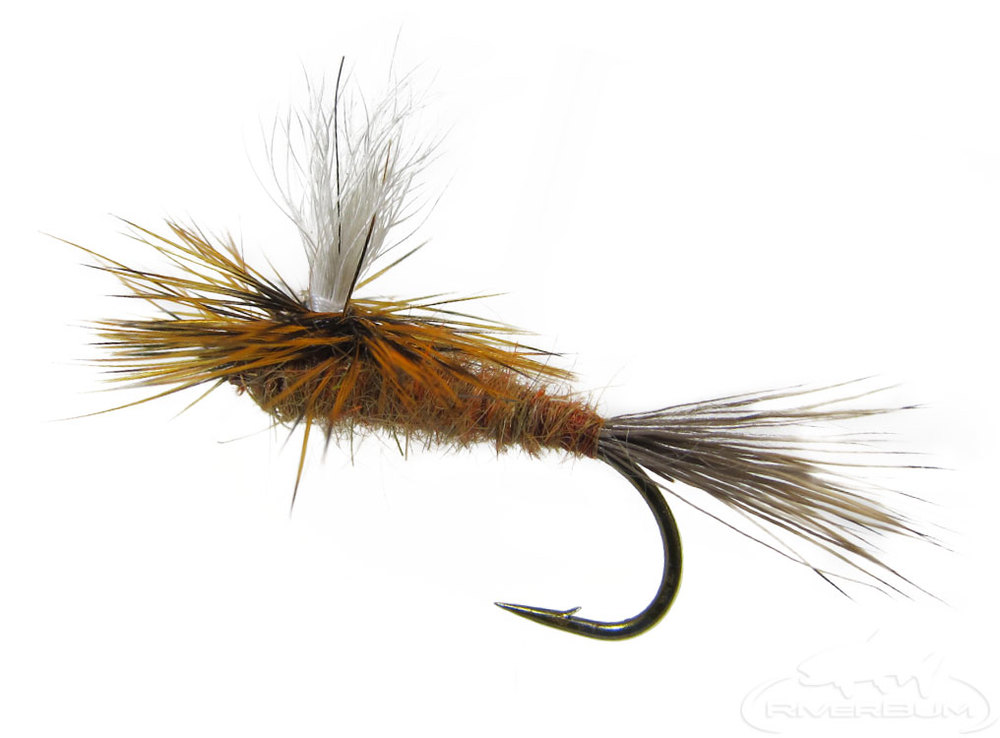Nymph Fishing: Part 2
If you want to catch fish feeding at or near the bottom, you’ve got to get your fly on the bottom. Pretty much the statement of the obvious there. Now comes the tricky part, how long of a leader length do I need if say the stretch I’m fishing is 6 feet deep.
Well, unless you’re fishing stillwater, you’re going to need more than 6 feet. The speed of the current will dictate your leader length. In swift water, I will often go twice the depth or 12 feet in this example. There’s really no way around experimenting. I find it easier going from shorter to longer. There’s really no rhyme or reason to it, it’s just what I do.
You’re targeting natural invertebrates that are on the streambed or become slight dislodged. This is why hitting the bottom is so important. If you’re not occasionally touching the bottom of the streambed, you’re not deep enough.
The preponderance of a trout’s diet comes from the bottom. The bugs will muggle around on the bottom, detach themselves from the bottom and let the current take them to a new feedings spot……ever hear of the dead drift.
This is why the dead drift is so important. It’s the drag free drift we all seek. As our flies’ tumble on the bottom and drift, this is what they are mimicking. This is why I love the technique RiverBum Pro Jim Mitchell taught me. He emphasizes if you’re fishing a two-fly rig, to put the heaviest fly as your bottom fly. I wish I had learned this method years ago.
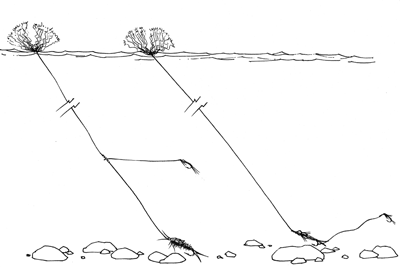
Often, I will use a searching pattern like the lightning bug as my lead fly. Then I’ll tie to it my heavier imitation, say a bead head stone fly. When the heavier fly hits the bottom, it will make the smaller fly “dart” to the bottom. This imitates what naturally happens in the water. When a nymph floats up from the stream bed, it “darts” back to it.
That’s it for now my fishy friends. Please remember, pack it in, pack it out.
Tight Lines and Screaming Drags.

